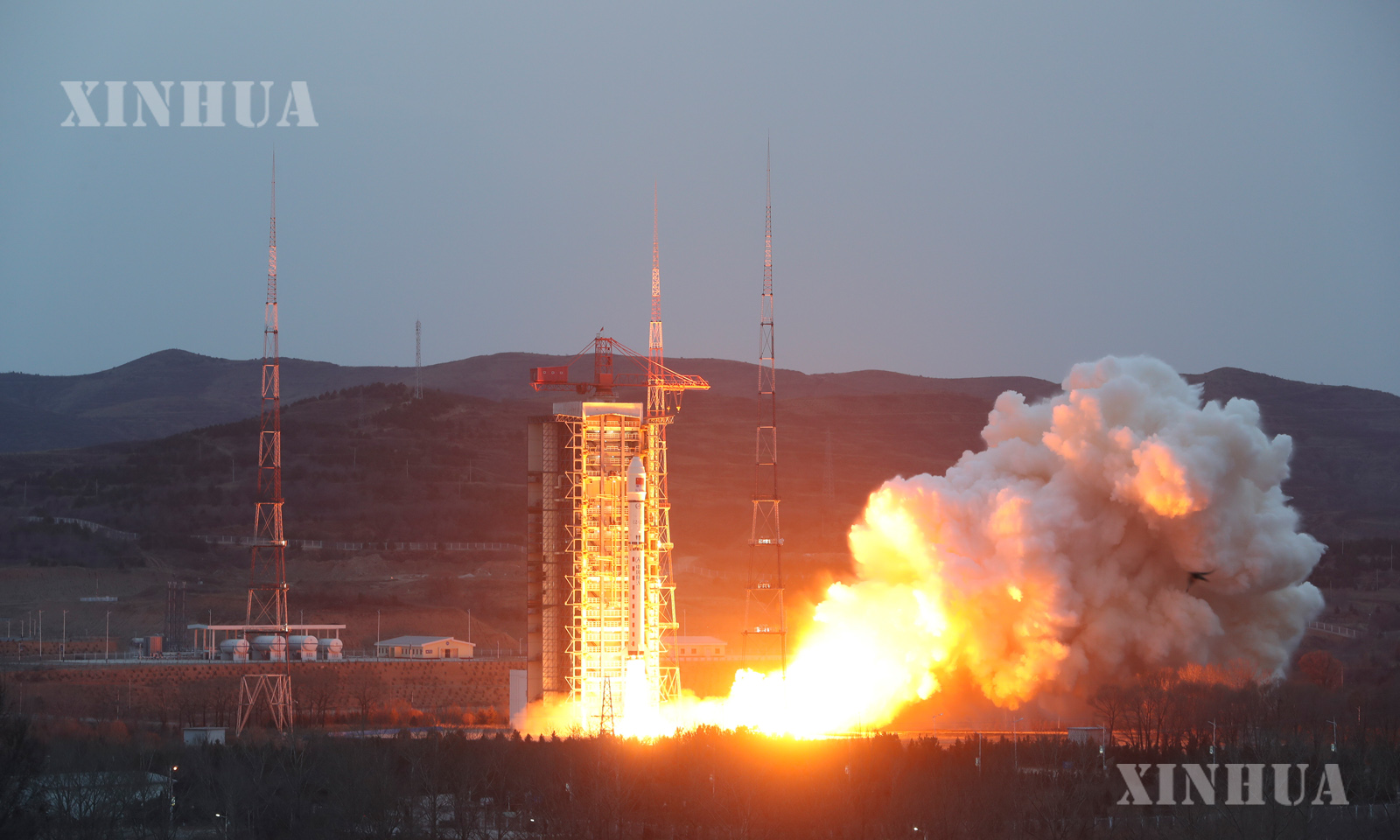China
တရုတ်နိုင်ငံက အဝေးထိန်းအာရုံခံ ဂြိုဟ်တုသစ်များ လွှတ်တင်ခဲ့

ထိုက်ယွမ်၊ မတ် ၃၁ ရက် (ဆင်ဟွာ)
တရုတ်နိုင်ငံသည် အဝေးထိန်းအာရုံဂြိုဟ်တုသစ်များကို Long March-2D သယ်ဆောင်ရေးဒုံးပျံများဖြင့် အာကာသအတွင်းသို့ မတ် ၃၀ ရက် ညနေပိုင်းက လွှတ်တင်ခဲ့သည်။
တရုတ်နိုင်ငံ မြောက်ပိုင်း ဆန်းရှီးပြည်နယ် ထိုက်ယွမ်ဂြိုဟ်တုလွှတ်ရေးစင်တာက PIESAT-1 အုပ်စု ဂြိုဟ်တုများကို ပေကျင်းစံတော်ချိန် ညနေ ၆ နာရီ ၅၀ မိနစ်တွင် လွှတ်တင်ခဲ့ရာ သတ်မှတ်ဂြိုဟ်ပတ်လမ်းသို့ ဝင်ရောက်ခဲ့ကြောင်း သိရသည်။
အဆိုပါ ဂြိုဟ်တုများသည် စီးပွားဖြစ် အဝေးထိန်း အာရုံခံ ဒေတာ ဝန်ဆောင်မှုကို ပံ့ပိုးပေးခြင်း ဖြစ်သည်။
ယခုအကြိမ် မစ်ရှင်သည် Long March ဂြိုဟ်တုသယ်ဆောင်ရေးဒုံးပျံများ၏ ၄၆၉ ကြိမ်မြောက် ပျံသန်းခြင်း ဖြစ်ကြောင်း သိရသည်။ (Xinhua)
…………………………………..
(English Version)
China launches new remote-sensing satellites
TAIYUAN, March 30 (Xinhua) — China launched a Long March-2D carrier rocket on Thursday evening to place new remote-sensing satellites in space.
The satellites of the PIESAT-1 constellation were lifted at 6:50 p.m. (Beijing Time) on Thursday from the Taiyuan Satellite Launch Center in northern China’s Shanxi Province, and then entered the preset orbit.
They will mainly provide commercial remote-sensing data services.
This mission was the 469th flight of the Long March carrier rockets.
1.A Long March-2D rocket carrying satellites of the PIESAT-1 constellation blasts off from the Taiyuan Satellite Launch Center in north China’s Shanxi Province, March 30, 2023. (Photo by Zheng Bin/Xinhua)






